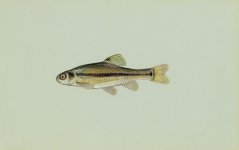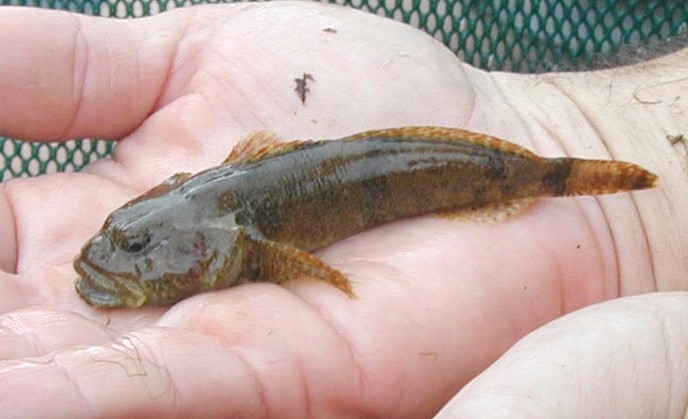osprey
Active member
- Joined
- Apr 1, 2009
- Messages
- 3,031
On Monday i was fishing The Raystown Branch near Manns Choice , it's a marginal stream in that area cause it gets warm later on but they stock it and there are quite a few trout for now. I happened on a pool where there was a group of folks i know , all fishing bait , in the standard forked stick method and they were not gettin any , after sitting an bs ing with them awhile i started to notice several trout rising at the head of the pool , i put on a caddis (there were lots of grannoms around) cast out and caught one , well before it was all over 6 bait fishers had caught at least one on a fly , including mine that's 7 and then one fellow broke the foam body off the fly while releasing the fish , that's 8. My latest phase in fly fishing has been to try and create a TRULY durable array of patterns , looks like i might be headed in the right direction. Is durability an important part of you folks process or do you not give it much thought as long as you're catching them you don't mind changing often? Just curious as to what you all think?






